Sometimes we don’t know how long we should work from home. There are many numerous ways to try to control worker activity, but there is one set of parameters that really works…
- Track time off and on the computer
- Quantitative and qualitative analysis of corporate email setup
- CRM software systems that aggregate forms of customer communication
- App access to video functionality of surveillance monitors
- The use of video surveillance systems for the office
- Customer telephone conversation documents are collated and summarized
- Monitor activities of employees’ workmates, improving collective functioning procedures
- Personal accounts of workers with all time spent on different tasks
- Manual or automatic logging of working hours of arrival, departure
- Control the system and access controls with the use of various performance gaps
- Use of special applications to save desktop screenshots during the day
What makes time tracking more efficient?
It’s free-form. Get effective notifications of time spent on individual tasks. This is attested to by the gurus of time management and is a simple method gaining growing popularity today.
The employee notates, by Way of Example,
- Prepared proposal for project XYZ
- 70 minutes
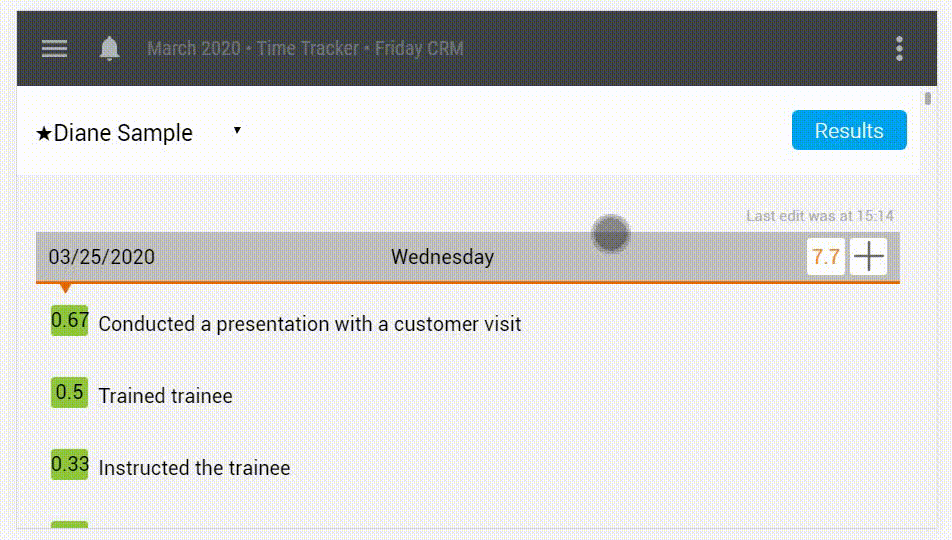
What two components of the free-form report capture these numbers?
First: The quantity of time used is tallied up at the close of the business day. Utilizing this info, you can ensure a clear direction when calculating salary, totalling monthly expenditures, etc. You’re able to observe how staff spend their day from beginning to end, in addition to keeping an eye out for the best performers.
Next: It is useful to split up the jobs by category. At the close of the month, the ratio of time spent on problems and solutions is made readily accessible.
The worker indicates, for Instance,
- Prepared proposal for project XYZ [2]
- Type: Document management [3]
- 70 minutes [1]
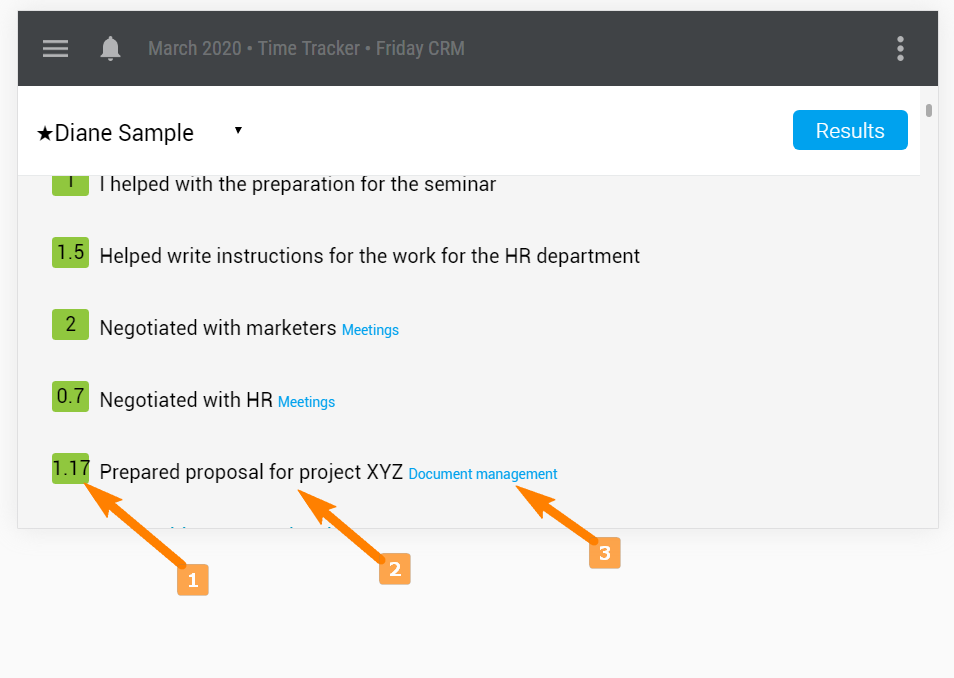
Snapshot of a day (or month) at the office
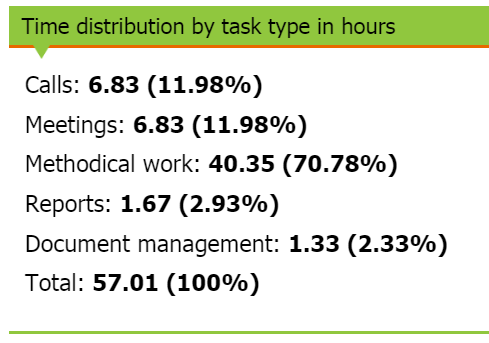
Even for such simple reports, you will find the software quite convenient. We will discuss this in further detail.
Other qualitative and quantitative indicators
Would you like more additional information to visualize measurable data?
Naturally, for most of the roles of staff, there are qualitative and qualitative indicators. This provides for an action program.
For example, the most obvious indicator prevalent among sales personnel is, of course, the number of sales. In the same sector, there are additional signs which reflect current processes, such as 1) Number of calls, total time calls 2) The number of generated and sent-out industry-specific materials
What type of everyday record makes for a better worker?
The perfect solution, according to Rand Fishkin, is a combination of open, outlined records annotated with regards to actual time taken.
Ex. The worker writes in the report
- Phoned potential clients
- Type: customer calls
- 90 minutes
Ex. Further, another report of his indicates
- Amount of held calls
- 15 calls
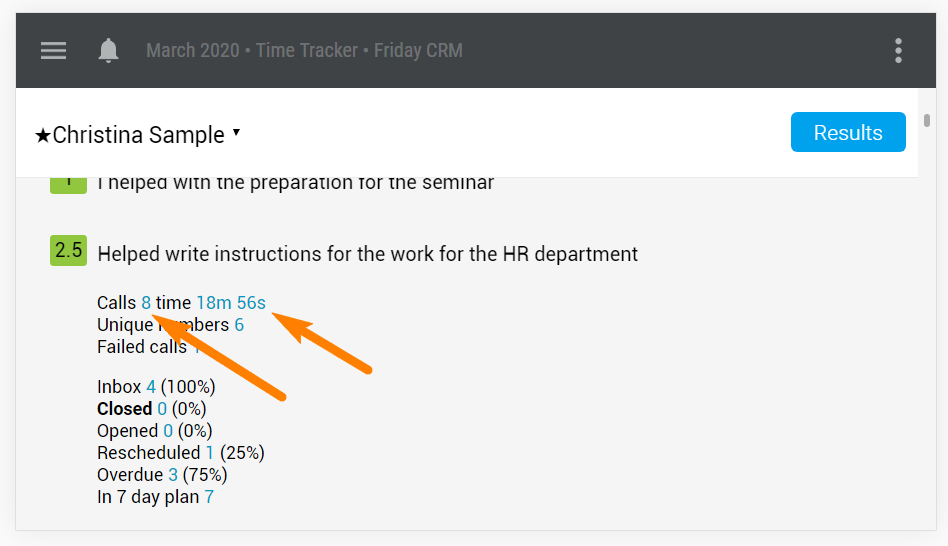
Is your very best software for everyday staff reports difficult?
For qualitative indicators, you can create a chart with key indicators each day and use Excel or free analogue to update a shared-in-common version of the document.
Ex. Admin view
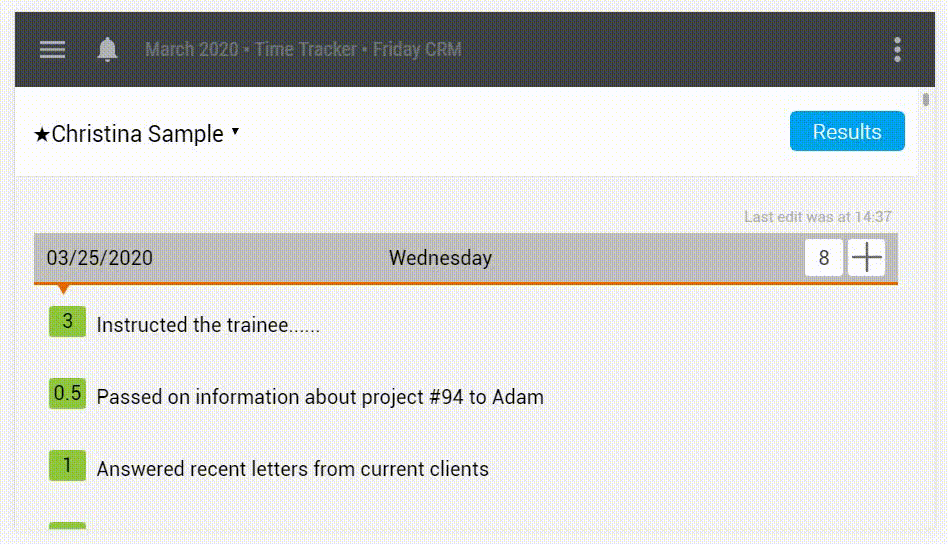
Additionally including monitoring, free daily reports, and time-sharing categories, there is even a totally free Time Tracker product accessible on the CRM. Time Tracker Friday CRM is a free alternative to expensive and convoluted time management tools. It has a great user interface. With time as a factor, it earns its value. There is also the possibility of remote oversight of employees. Access to the system comes via the Internet. It’s the best way to increase employee productivity and is ideal for remote work. Your team will stay productive no matter where they’re working from.
To collate everything in the reports, there are free tools available to you. Try it today, it’s worth it.
Activate it now, in your free account go to Settings->General Settings and check the box Enable Time Tracker.

